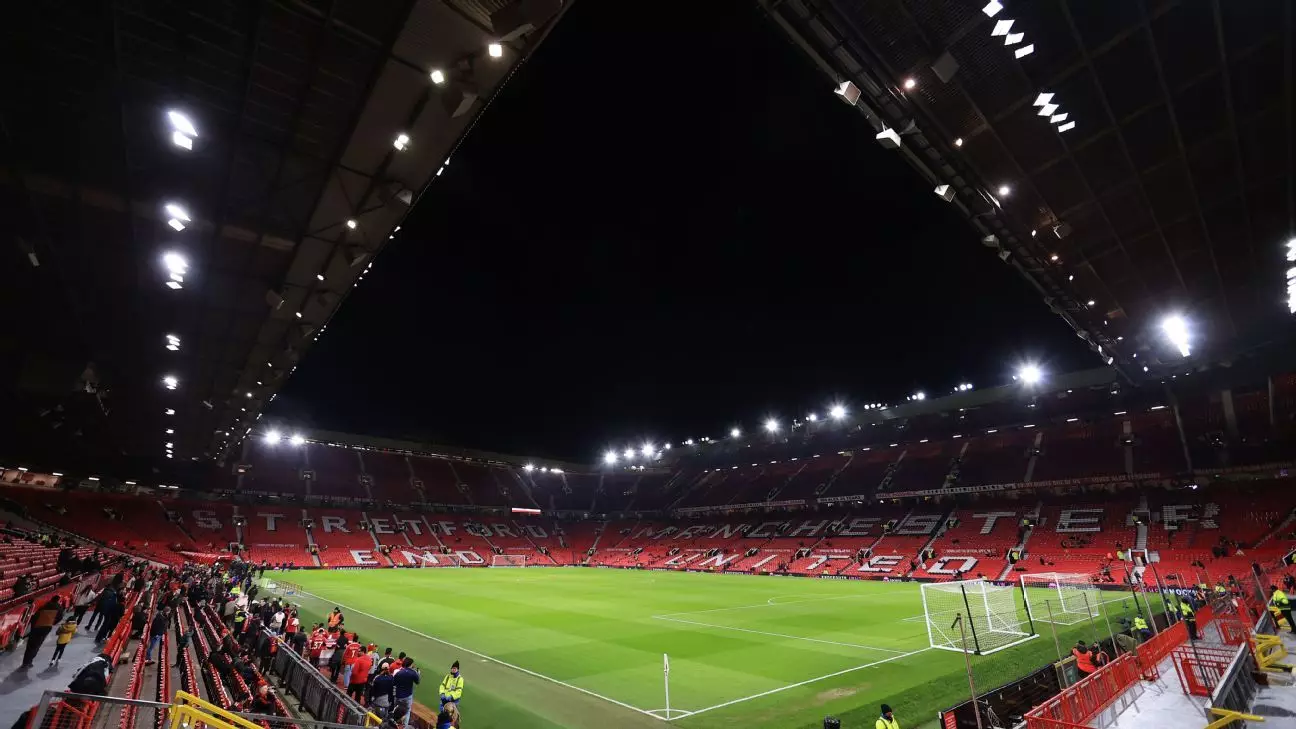Manchester United fans and stakeholders are eagerly awaiting a pivotal announcement regarding the club’s stadium plans, which is expected by the summer. This development follows the completion of feasibility studies conducted by the Old Trafford Regeneration Task Force. Originally, a decision was anticipated by the end of 2024, but the club has now committed to a timeline that aligns with the conclusion of the current football season. Football enthusiasts are keen to learn whether the iconic Old Trafford will undergo significant redevelopment or if the club will opt for a completely new 100,000-seater stadium.
According to the reports released by the club, the redevelopment of Old Trafford would allow for a capacity increase to approximately 87,000 spectators. In contrast, constructing a new stadium could accommodate up to 100,000 fans, a substantial improvement that not only enhances matchday experience but also elevates the club’s status on the global stage. Importantly, this project is framed as a critical component of a broader initiative aimed at enhancing the Trafford Park area, which initial assessments suggest could yield an impressive £7.3 billion in gross value added to the UK economy. Moreover, it is projected that this development could create over 90,000 jobs, underscoring the significant ripple effect such a decision would have on the local economy.
In gauging public sentiment, Manchester United reported that 52% of fans surveyed are in favor of constructing a new stadium. This statistic reflects an interesting dynamic; while many fans hold deep affection for the historic significance of Old Trafford, there is also a recognition of the evolving nature of football infrastructure. A new stadium may not only enhance facilities but also elevate the fan experience to unprecedented levels, particularly as sporting venues increasingly integrate technological advancements and modern amenities.
However, the decision between redevelopment and building anew is fraught with complications. Old Trafford holds an esteemed place in the hearts of fans, symbolizing the club’s rich history and legacy. Redeveloping the existing stadium presents challenges related to modernizing facilities while preserving its traditional atmosphere. Meanwhile, constructing a new stadium could present logistical hurdles and result in higher upfront costs. The club must navigate these delicate issues while ensuring the chosen path aligns with both current operational needs and long-term ambitions.
As anticipation builds for this crucial announcement, fans, analysts, and economic stakeholders alike await clarity on the club’s direction. The decision made by Manchester United has the potential to not only reshape the club’s future but also redefine its impact on the broader community. Whatever the outcome, it is clear that Manchester United is at a crossroads, with the opportunity to build a legacy that matches its storied past while paving the way for future successes.

